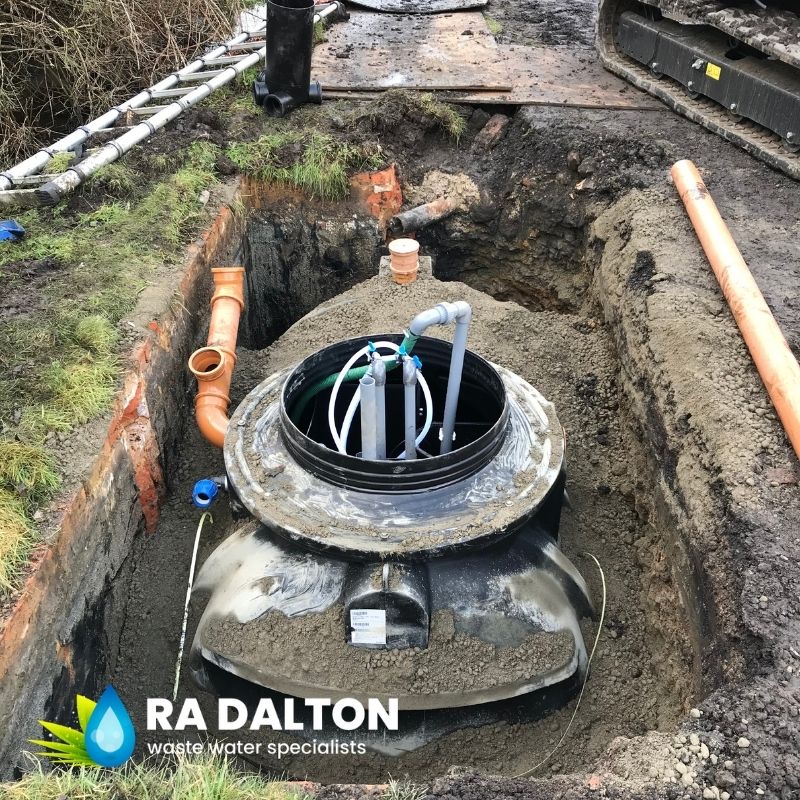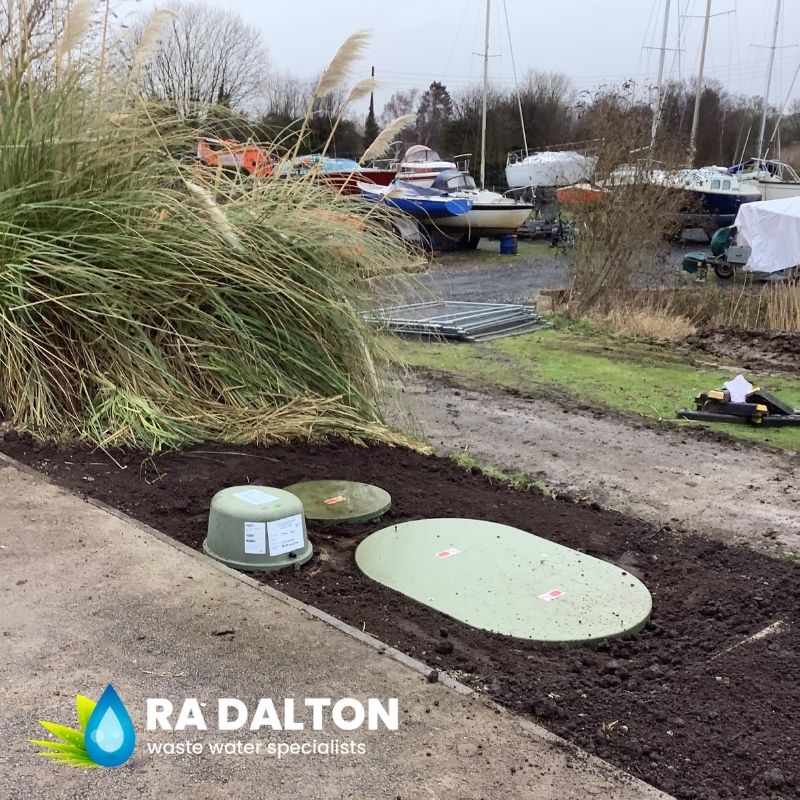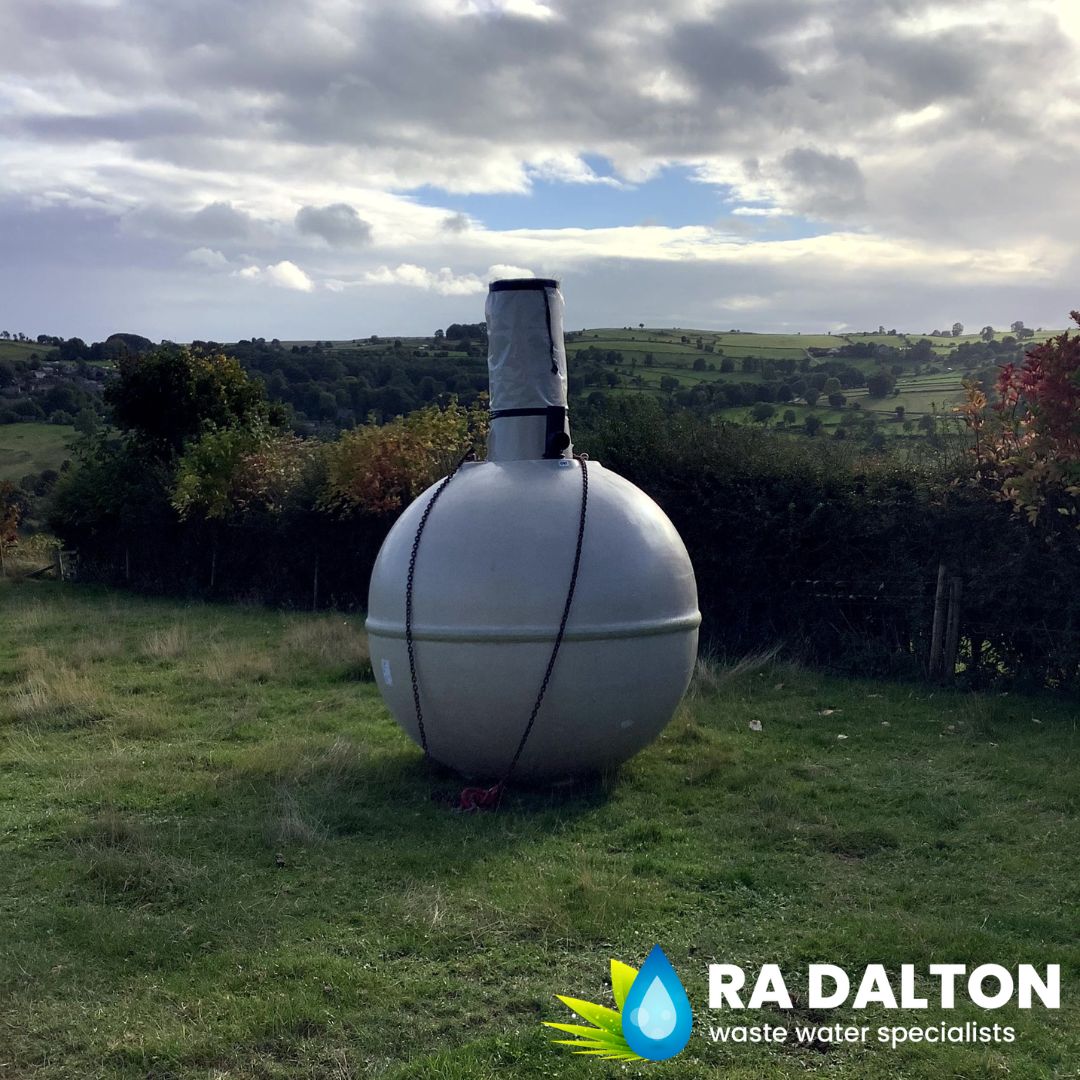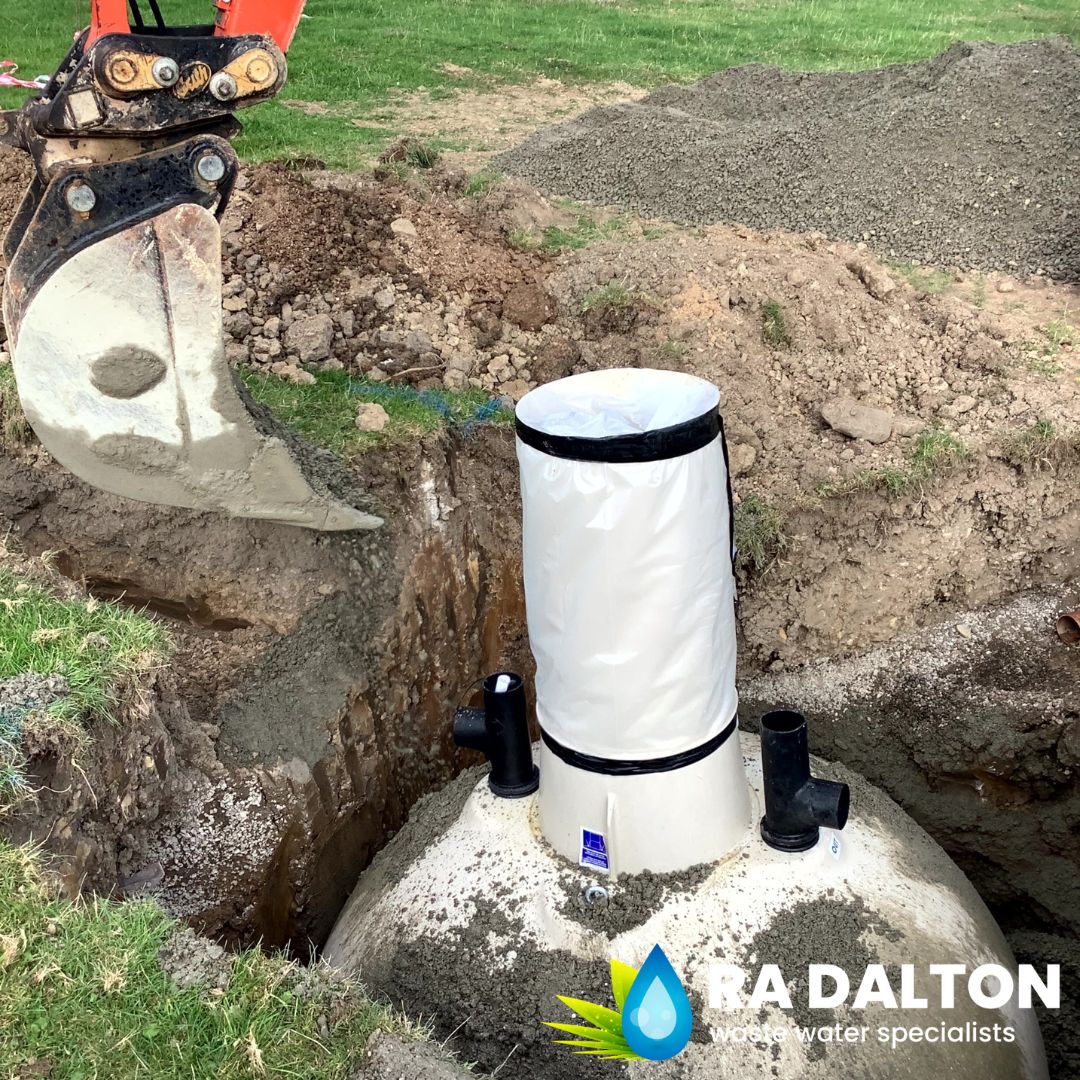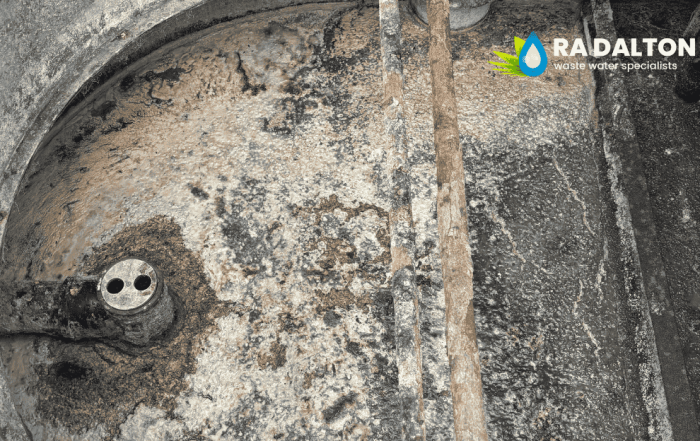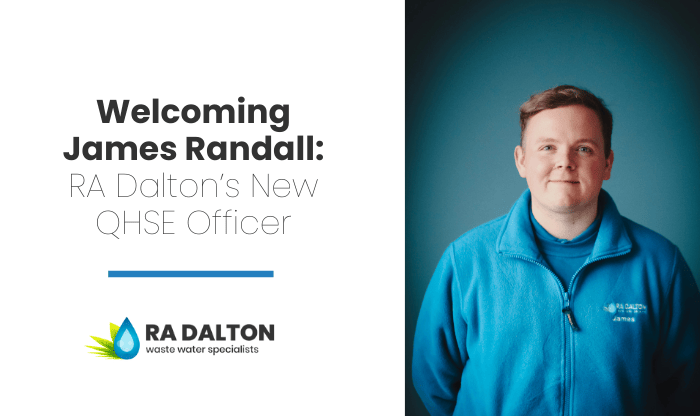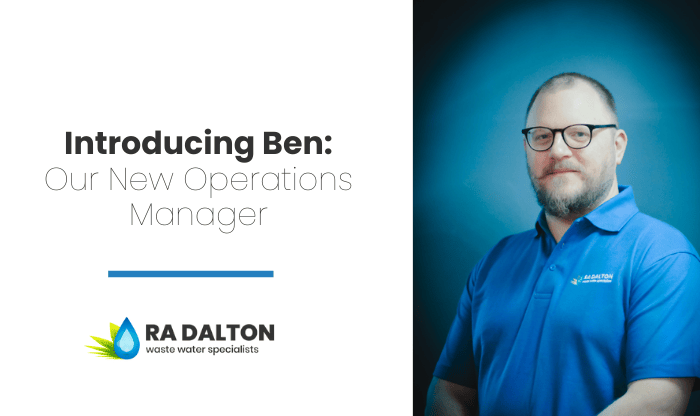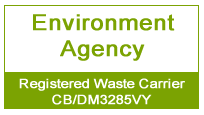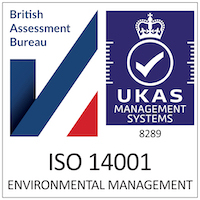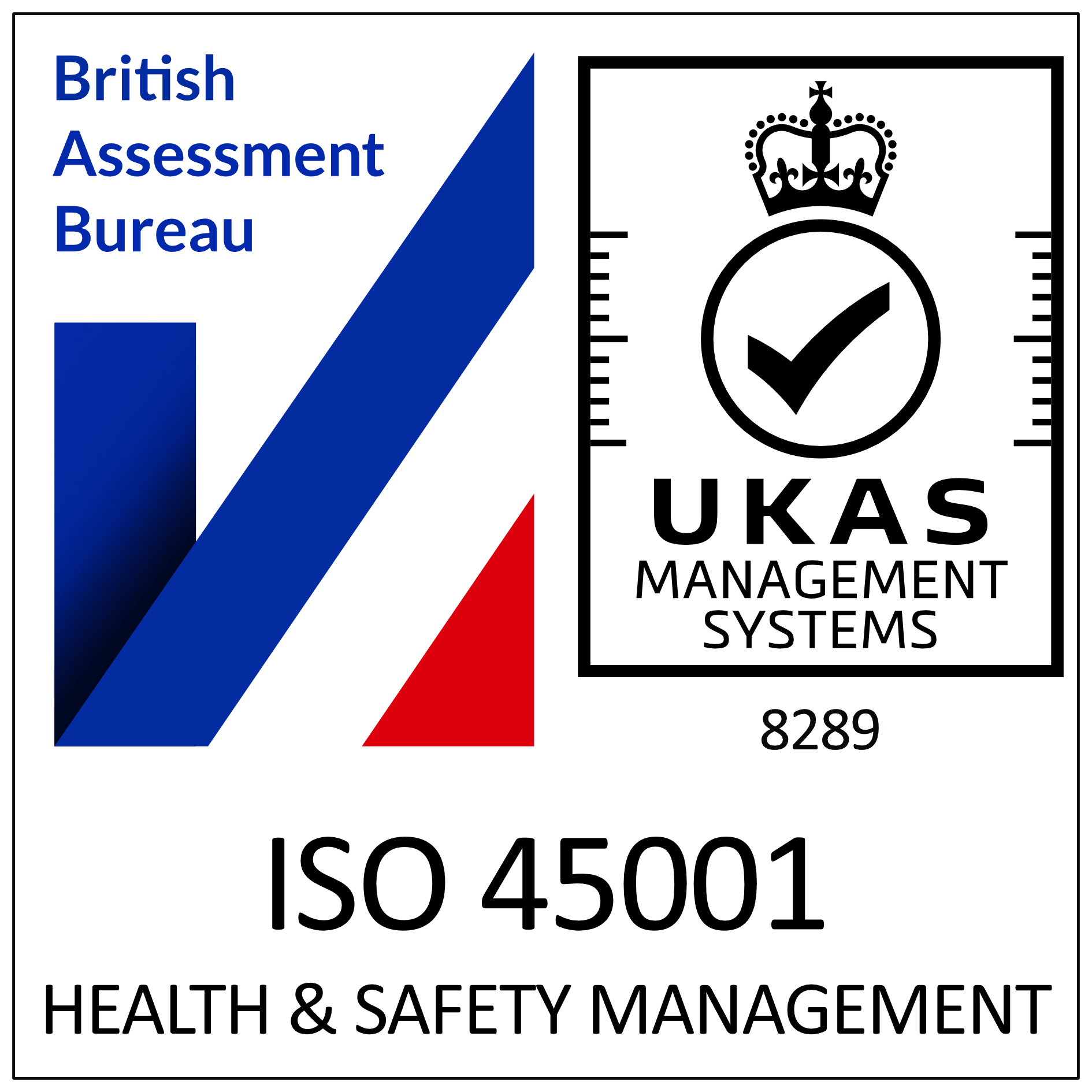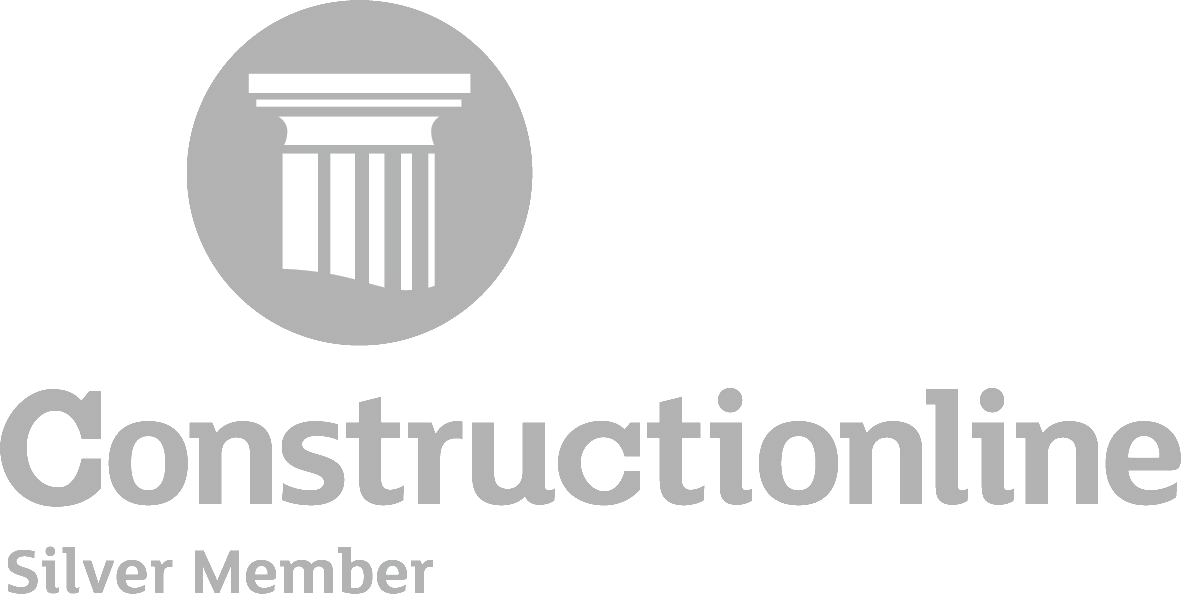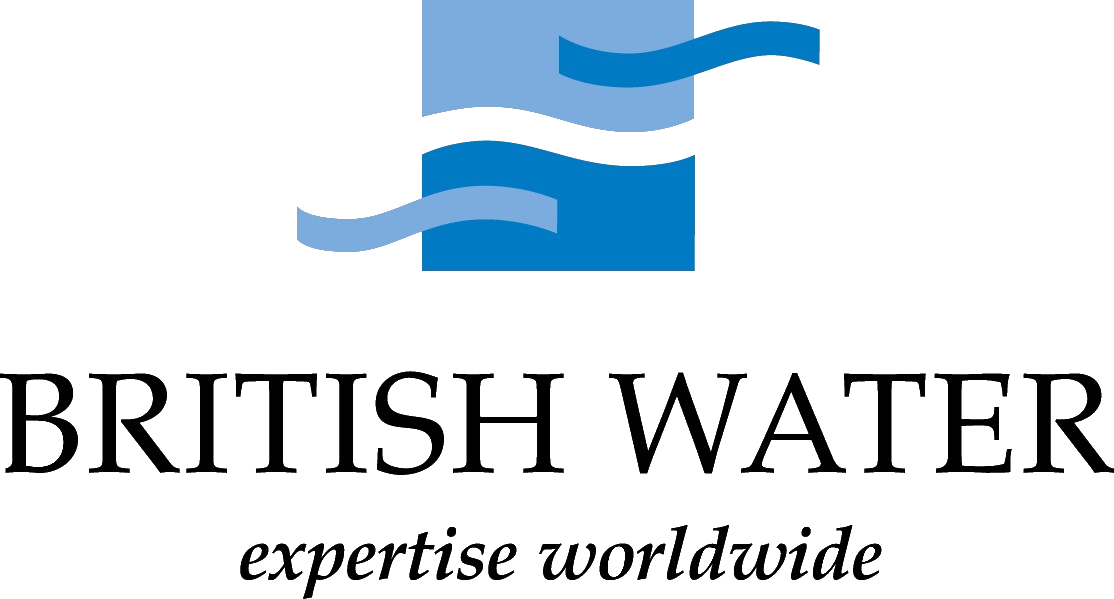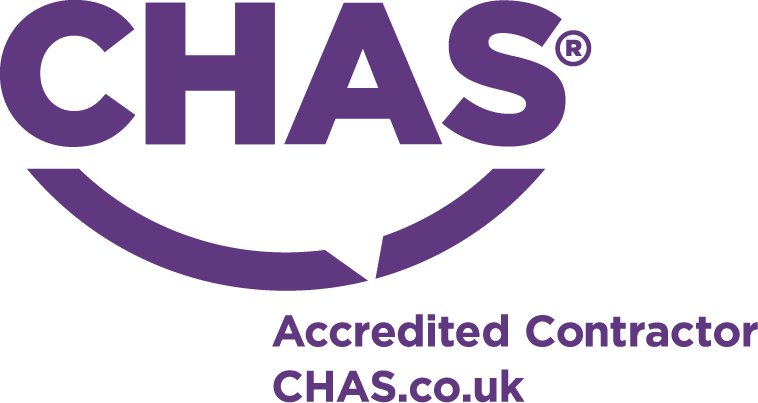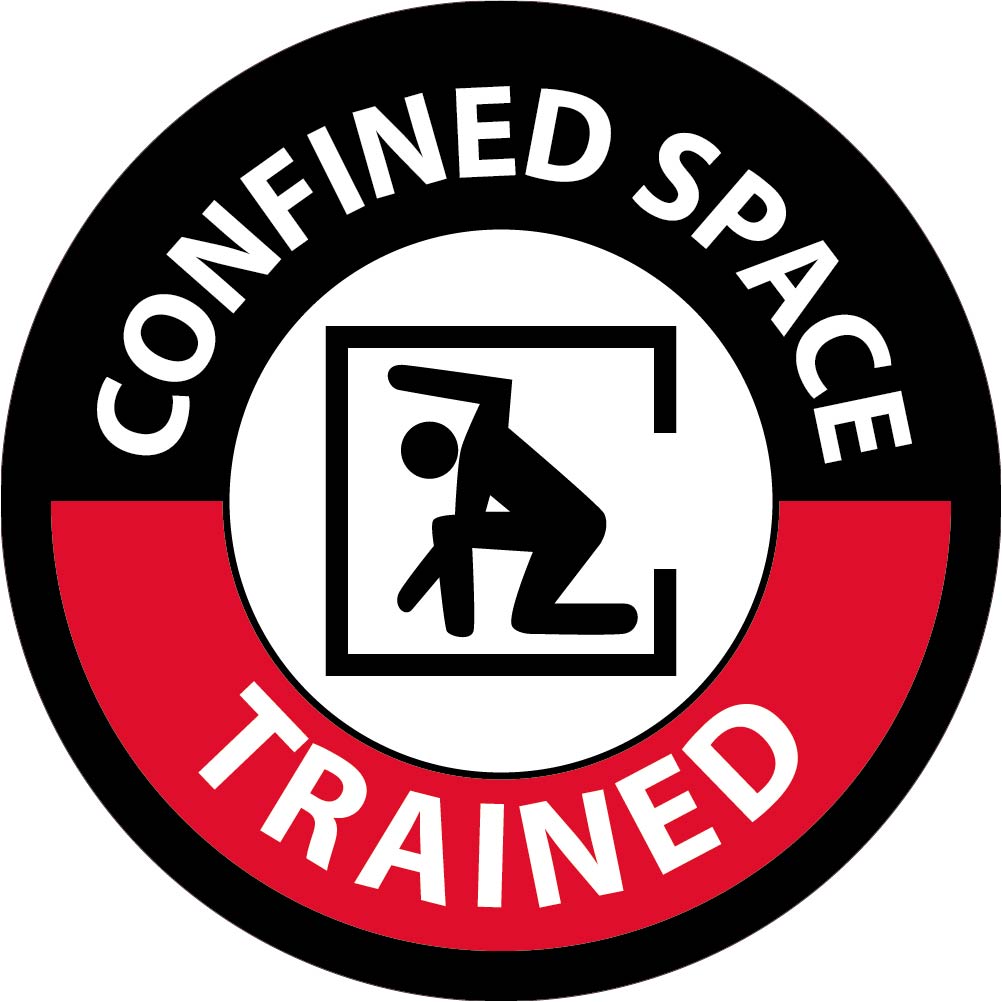Latest sewage & wastewater news
RA Dalton Ltd are the Klargester number one accredited installer covering the whole of the UK.
Septic tank vs. Sewage treatment plant
A battle of the wastewater systems
Without any prior industry knowledge, it is not unreasonable to assume that these units are the same however whilst they fall under the same umbrella, they are in fact two very different systems. With these differences comes a change in operational and statutory requirements.
It is vital to understand what unit you have installed and what you are required to do to comply with the 2020 General Binding rules, we hope this guide will help you either manage your wastewater system more efficiently or make the right choice when deciding on a new unit to install!
The Sewage treatment plant
A sewage treatment plant is suitable to cover a wider range of applications providing the BS EN certification requirements are met, these units actually provide treatment to the waste and therefore are considered to be safe to discharge either to a watercourse or to ground as long as they are appropriately sized, serviced and emptied.
The easiest way to identify if you have a sewage treatment plant installed is to check if there is an electrical supply to the unit and subsequently if it has any mechanical parts.
There are two main types of sewage treatment plant: the aeration and the rotating biological contactor. Both of these systems use biological treatment, promoting the growth of healthy bacterium which breaks down the waste improving the effluent quality.
The aeration sewage treatment plant has a large range of systems available on the market which come in a number of different shapes and sizes, the most common domestic systems on the market include but are not limited to the following:
- Klargester Bioficient
- Klargester BTA BioTec
- Clenviro Matrix
- Premier Tech ASP
- WPL Diamond
These systems are operated through a blower unit usually located externally; this will pump air through hoses into the package treatment plant. This will agitate the media located in the treatment zone which helps to break down the solids, as fresh air is circulated within the unit this will promote the growth of healthy bacteria which further treats the effluent.
The other system that is readily available is an RBC unit such as the Klargester BioDisc or the Kee NuDisc, these systems operate through an internal rotor pack which agitates the waste in a similar way to that of the aeration unit. However, the BioDisc system does also have a unique managed flow system which allows the effluent to achieve the best effluent quality possible.
If you have a sewage treatment plant installed then you are legally required to ensure that your treatment plant is appropriately serviced, maintained and emptied.
The Septic tank
To comply with the current regulations if you have a septic tank installed then you will need a source of secondary treatment in order for this to be considered compliant, the most common form of this is to have an outfall to a soakaway.
A septic tank is generally considered more as a solid handling tank with the untreated liquid waste entering the outfall pipework. This waste is not treated and should not enter any type of watercourse such as rivers, streams, ditches, ponds etc.
As a septic has no electric supply or mechanical parts the main operational requirement for the proprietor of a septic tank is to ensure that the 2020 General Binding Rules are being met, the unit is appropriately sized, routinely emptied, structurally sound and there are no signs of soakaway failure.
A secondary treatment unit
Another less known alternative is a form of secondary treatment found in a non-electrical sewage treatment plant, the units are installed in addition to a septic tank already in place, these units filter effluent through chambers usually containing an abrasive material such as coconut husks.
These systems filter the wastewater from the septic tank through the media where the harmful bacteria is retained and broken down to achieve a higher effluent standard. This then treats the effluent to a BS-EN 12566 standard to allow the eventual discharge to the watercourse.
The two main non-electric treatment plants on the market are either the Premier tech Ecoflo or the Tricel Puraflo, and whilst these systems do not require conventional servicing, they still need to be checked over by a competent service engineer. We are finding these systems becoming more and more popular for ecological and environmentally conscious projects.
The 2020 General Binding Rules
The General Binding Rules 2020 was first brought into effect in 2015 where the government and Environment agency outlined its intensions to remove any untreated effluent from our watercourses, within these regulations there has been a number of adaptations on what is required to be compliant.
If you are installing a new sewage treatment plant, you MUST ensure that the system meets the current BS EN 12566 standard. For any existing system it must meet the British standard at the time of the installation. It is also detailed within the guidance that a drainage field should be installed to BS 6297:2007 which outlines the design required for the treated effluent to disperse efficiently through the organic subsoils (for more information on the importance of percolation tests read our previous blog here).
There are also rules outlining that your system must be appropriately sized and has enough capacity (rule 10), maintained regularly by a competent accredited service engineer (rule 11) and regularly emptied (rule 12).
The battle of the wastewater systems – our winner
There is a long and a short answer to this one, but my ‘Cop out’ answer is that they both win! Each unit has a combination of pros and cons and dependant on the application they can all suit a desired purpose.
Every time one of our contracts managers attend site, they look at the individual set up, scope and requirements to determine the best system to be installed. For more information why not give our offices a call on 01388 537030.





